|
In mid-October my wife and I traveled to Cape May, New Jersey with Naturalist Journeys for a week of birding the fall migration. Cape May is one of the undisputed birding hot spots in the U.S. and fall migration is a special time of year. Cape May (red pin on map above) is at the very southern tip of New Jersey, a sharp point of land with the Atlantic Ocean to the East, and the Delaware Bay to the west. In the fall Warblers fly down the east coast at night, and if they are at the cape at sunrise, they may find themselves over water, not an ideal location for a hungry bird after a long night in the air. So, they make a U-turn, and savvy birders can see flocks flying north, back to land and food. A great opportunity for a fall migration bird count. Of course, there are other migrants at the cape in the fall, including raptors. There is an active Hawk Watch each fall at Cape May Point State Park. There is much to see in Cape May. The next 4 posts will cover the highlights of the week, including the Cape May Bird Observatory, the Nature Conservancy South Cape Meadows, Cape May National Wildlife Refuge, Higbee Beach Wildlife Management Area dawn bird count, Cape May Point Hawk Watch, a day in Delaware at Cape Henlopen State Park, a boat tour of the salt marsh, and a bit of rock and roll on board a boat at “the Rips,” rough seas where the Delaware Bay meets the Atlantic attracting fish, fishermen, and birds! And, lots of good food in Cape May, and the annual Audubon Festival. Waiting for Sunday breakfast on the 17th at the Mad Batter restaurant, located inside the Carroll Villa Hotel. Great food and friendly people. Let’s start of Sunrise at the south facing beach, right in front of our hotel, The Sea Crest Inn. Sunrise at the BeachWe stayed at the Seacrest Inn, which is right on Beach Avenue, at the south facing tip of Cape May. Each morning, we walked across the street and stood on the beach, watching the sunrise to our left providing beautiful dawn colors for the shorebirds in flight or feeding at the waves' edge. The map below is from Adobe Photoshop Lightroom Classic CC (Lightroom) showing the location of our hotel, and where I was standing (orange squares) for the dawn shots in this post. SanderlingsSanderlings are in the family of Sandpipers (Scolopacidae) the largest family in the order of Shorebirds (Charadriiformes). They are medium sized "peep" Sandpipers with pale non-breeding plumage and black legs and bill. They breed all the way north in the arctic tundra, and migrate south for the winter to live and feed on the shorelines of both coasts of North America down through Central America. The ones spotted here in October may be staying for the winter, or may have stopped for food on their way further south. Although relatively nondescript on the ground, they are striking in the air, flying back and forth in large flocks above the waves looking for food. The image above was captured just after 8 am on October 13th. The birds are flying into the rising sun, to the left of the frame. The image below shows them in non-breeding plumage foraging for food in the sand as the waves recede. They move quickly as a group back and forth following the line between the water and the sand. The 30 second video below shows their characteristic hyperkinetic movement back and forth as the waves come in and then recede. Sanderlings are great fun to watch, in the air or running on the sand. And yes, those are surfers in wetsuits at the end of the clip. Ring-billed GullRing-billed Gulls are Shorebirds in the same order as Sandpipers, but in the family Laridae, along with other gulls, terns and skimmers. They breed throughout the northern U.S. and Canada, living year round coast to coast in the southern U.S, into Mexico and the Caribbean. They are comfortable with people, and can be seen in parking lots, garbage dumps, and fields, often in large numbers. Most nest near freshwater. They have a black band encircling their orange bill. The Ring-billed Gull's plumage evolves slowly over the first several years of life. The bird in flight shown below is likely a juvenile. Ring-billed Gulls are omnivores, and can catch tidbits mid-air. Their diet includes french fries, whether guarded or unguarded! Time for Breakfast!Long shadows of the morning birding crew at 8 am on the south facing beach. Time to head for breakfast! Note the Cape May Lighthouse in the distance, almost straight west. It is at the Cape May State Park, our next destination. The Hawk WatchCape May Point State Park sits just west of our hotel, on the beach, and includes the Cape May Lighthouse, the hawk watch platform, a large pond, lots of trails, and an old WW II bunker on the beach. Between its location at the tip of Cape May, the hawk watch platform, the pond and generous understory with trails, it is a great place for birding. The Hawk Watch is an ongoing program that counts raptors on migration. We visited twice during our week on Cape May, the morning of the 13th and afternoon of the 15th. The list for the 13th as of 11:30 am is shown below. Below is a map of the park and adjacent ponds again from Lightroom. The 13th was a very gray day, and relatively light on raptors overhead. However, the ones who showed up gave us a show! Food Fight! The Bald Eagle vs. the Osprey . . .It was a quiet morning for birds on the deck, until one of the spotters called out, "Bald Eagle and Osprey!" Sure enough, an Oprey had caught a sizable fish and was on his/her way home when a mature Bald Eagle decided to play pirate and raid the ship in flight. Above, the Eagle on the right is bearing down on the Osprey. As the Eagle gets closer, the Osprey takes a series of tight turns to try to shake off his opponent. This is a sizable fish. Ospreys can lift fish up to their own weight, generally about 4 lbs. but overall prefer prey in the 1-2 lb. range. For more on this see this post by Stefan Pociask. Bald Eagles and Osprey are very old birds on the evolutionary scale, and here we are witnessing a battle that is literally millions of years old! After millions of years, still not friends! This Bald Eagle is definitely larger than the Osprey, probably outweighing him/her by 4 to 6 lbs. The Osprey is trying to outmaneuver the eagle, but with little success. After another tight turn, the Eagle closes in again, and the Osprey lets go of the tail of the fish, accidentally or by intent. The Osprey may have decided that this is too much effort to expend for one fish. The image above shows the fish held by one talon, and in the image below, the fish is in mid-air, up for grabs. The eagle did get the fish, but I did not capture that moment. My memory card was full at the last frame shown here! Reminder: replace your camera's memory card when it is getting low, but before it is full, especially when shooting birds in flight. For the photo geeks: Wednesday the 13th was a very gray day at Cape May. Not the "ideal" directional overcast that provides even light - but dull gray everywhere! When the call came out that the osprey and eagle were in battle, I got the birds in the viewfinder and started firing. Canon R5 with RF 100-500 mm lens at 500 mm, 1/2000 second, f/7.1, ISO 320, 1/2 stop to the right (greater exposure). More magnification would have been better (these birds were really far away), as well as more exposure compensation to lighten the birds against the gray sky, and a higher shutter speed. However, the settings were reasonable. The R5 servo focus program locked onto the birds, so all frames were in focus. It took some post production processing to bring out the details in the birds. Mute SwanOne of the big advantages of the park is the pond and understory in addition to the hawk watch platform. We spotted this Mute Swan* on the Bunker Pond to the east of the platform. The Mute Swan is in the family Anatidae, along with other geese and ducks. They are not native to North America, rather they were imported from Europe from the mid 1800's to early 1900's to adorn large estates, city parks and zoos. In time they formed breeding populations and now live in the Northeast, Midatlantic, Great Lakes, and Pacific Northwest. They are aggressive toward native species and humans, and disturb the local ecosystem, often displacing local species. They are the elegant birds of Russian Ballets and European fairy tales, with their long S-shaped necks and wings held over their backs. This swan struck the typical story-book pose, and slowly rotated for the camera. *"Mute" because it is less vocal than other Swan species Sunset!Every evening we took the short drive west down Sunset Boulevard to, yes, Sunset Beach! A great sunset, followed by a great dinner! Stay tuned, Part 2 coming down the pipe soon. Happy Trails!
4 Comments
Dr. Charles van Riper III
12/3/2021 11:49:34 am
Wonderful Henry - Glad you and Dorothy had an enjoyable trip and again - nice bird photography!!
Reply
Nancy Cutler
12/5/2021 04:41:36 pm
Thank you so much, what a wonderful blog & the photos excellent! I relearned( lol) so much from this!!! Can’t wait to read & see more photos!! Stay healthy! Hugs, nancy cutler
Reply
Myrna Perkins
12/7/2021 06:42:09 am
Absolutely wonderful Henry.
Reply
Pam Kroutvoss
12/7/2021 07:15:00 pm
Thank you for sharing your incredible photos and blog! I will revisit this often, if possible! I too look forward to seeing your other blogs. Wishes to you and Dorothy for a heathy and wonderful holiday season!
Reply
Leave a Reply. |
AuthorHenry Johnson, photographer and author of this site. For more detail, see About
Categories
All
Archives
July 2024
|
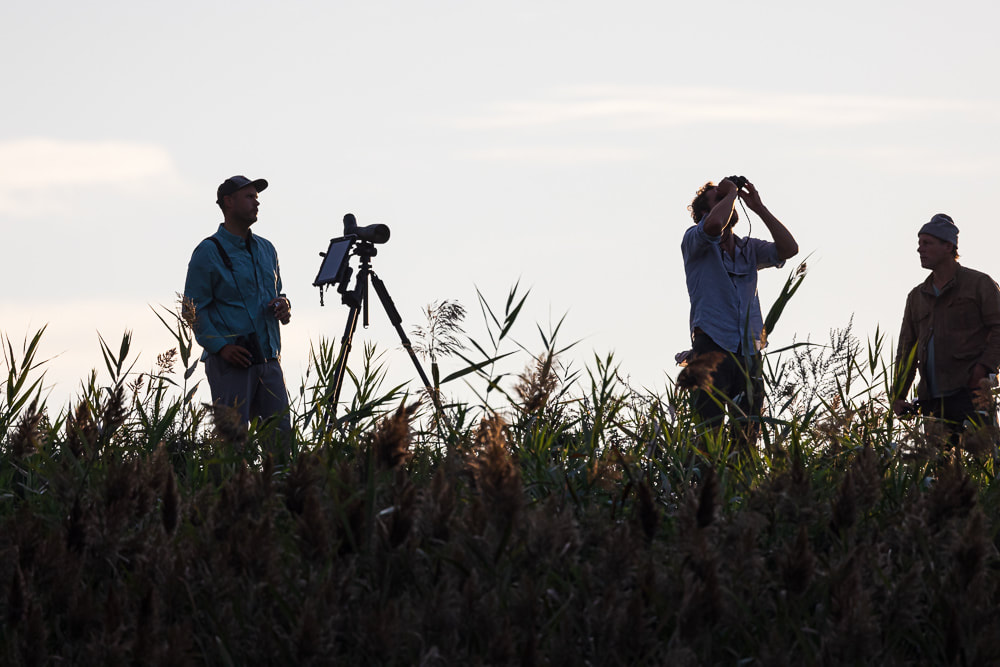
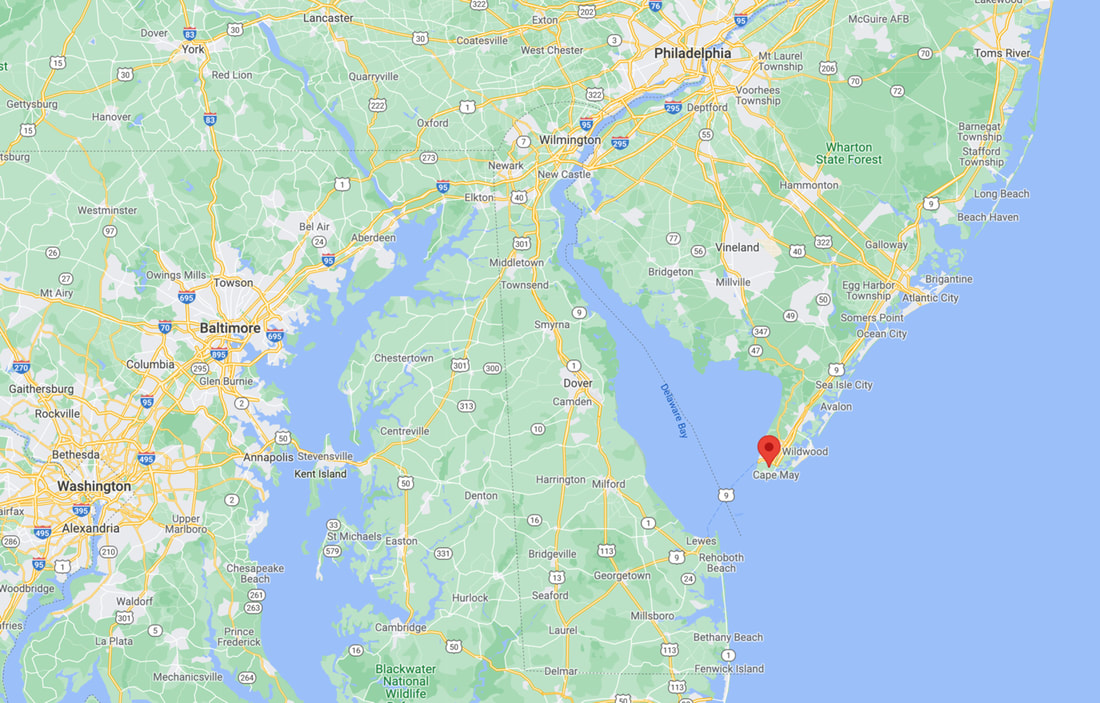

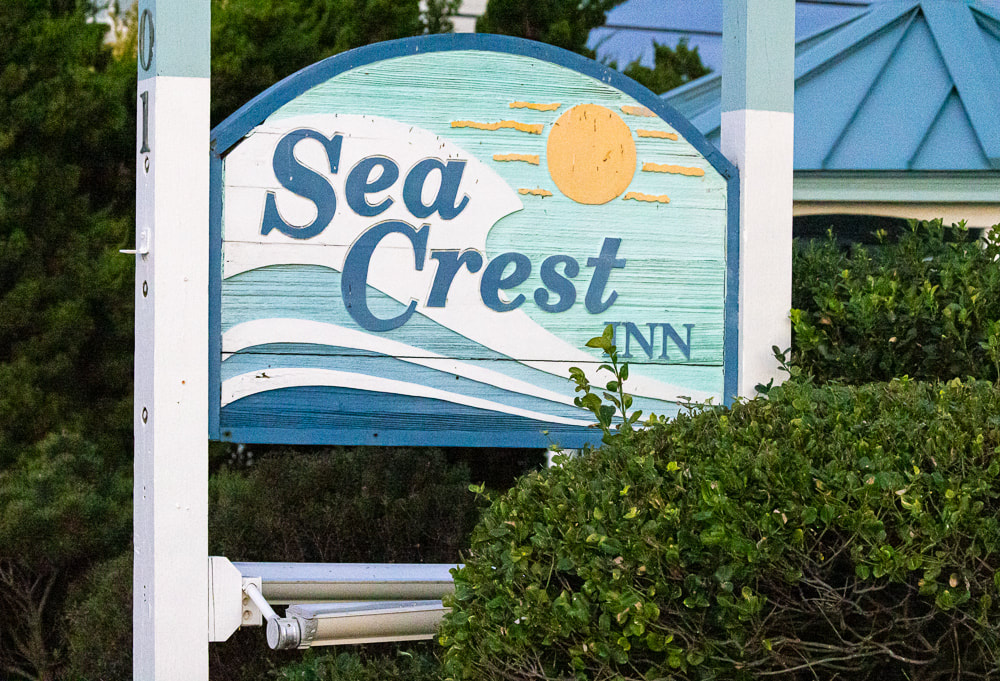
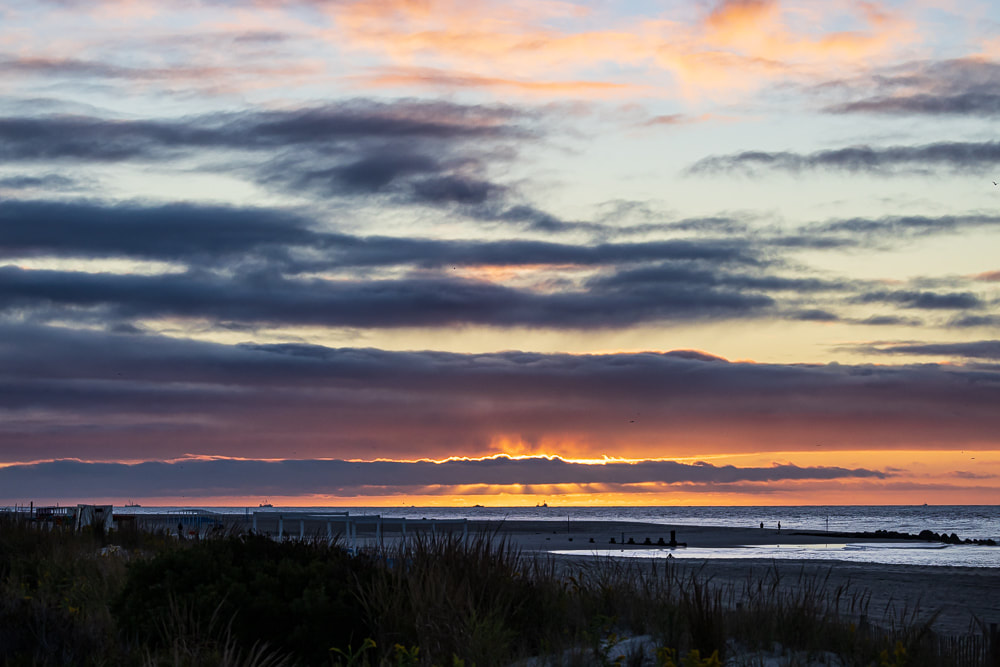
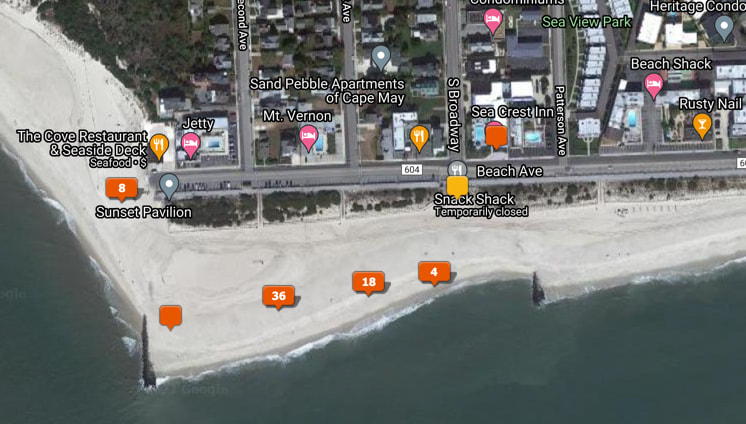
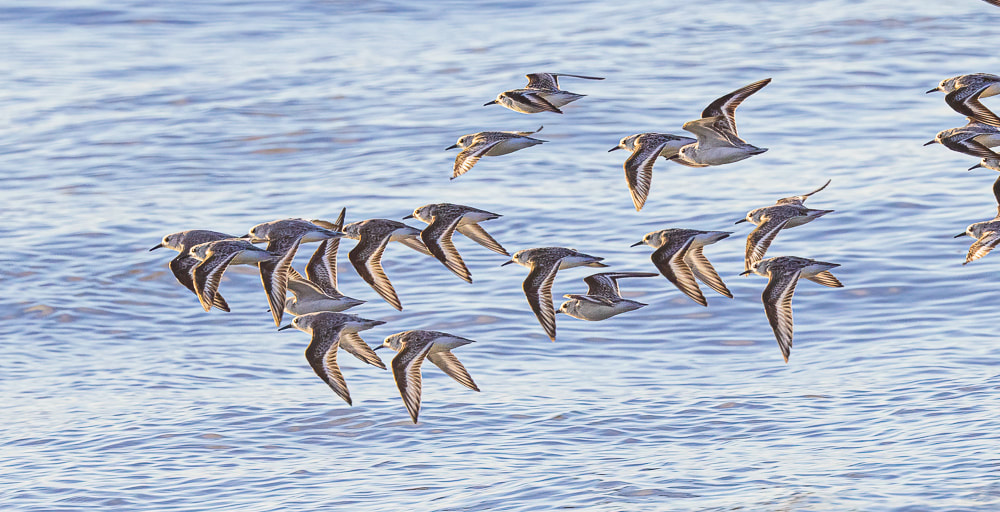

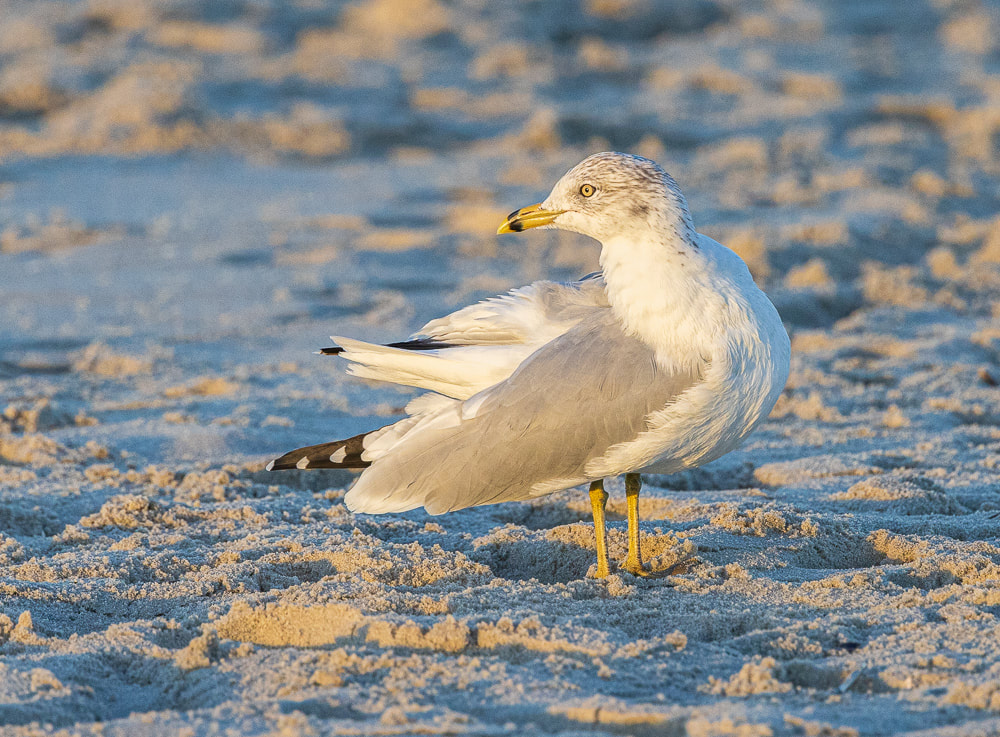
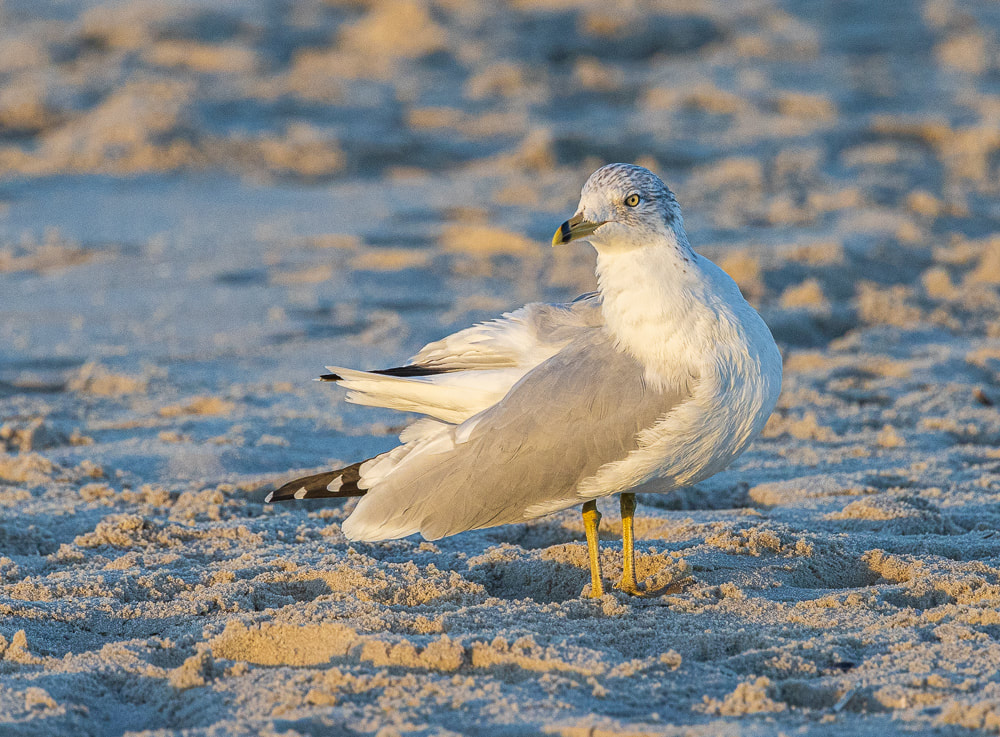
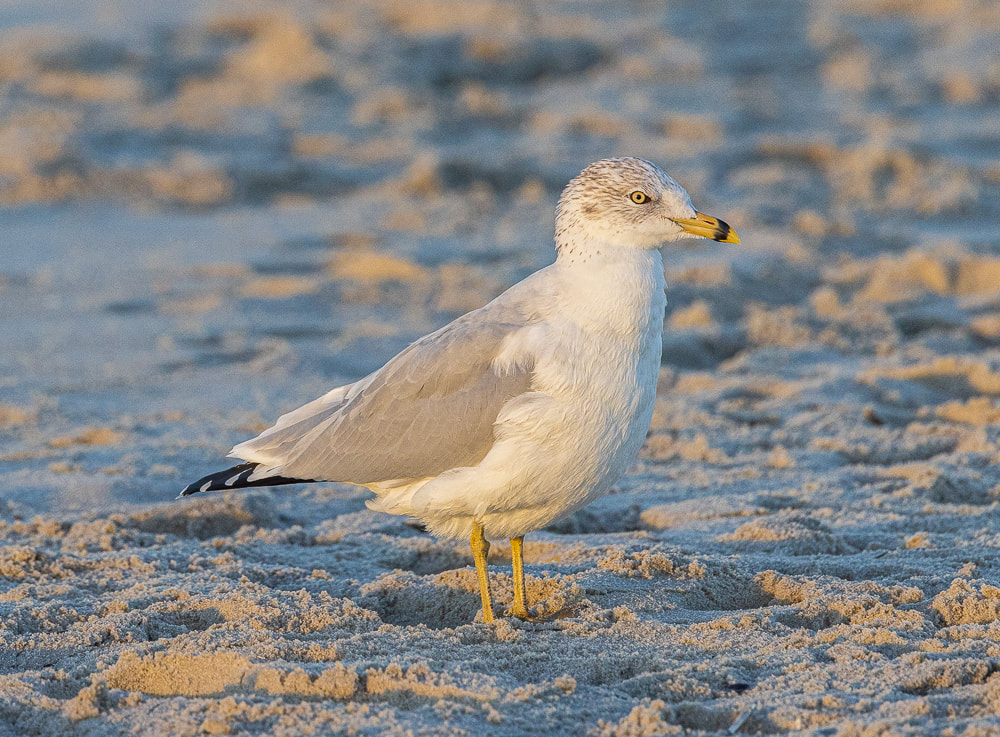
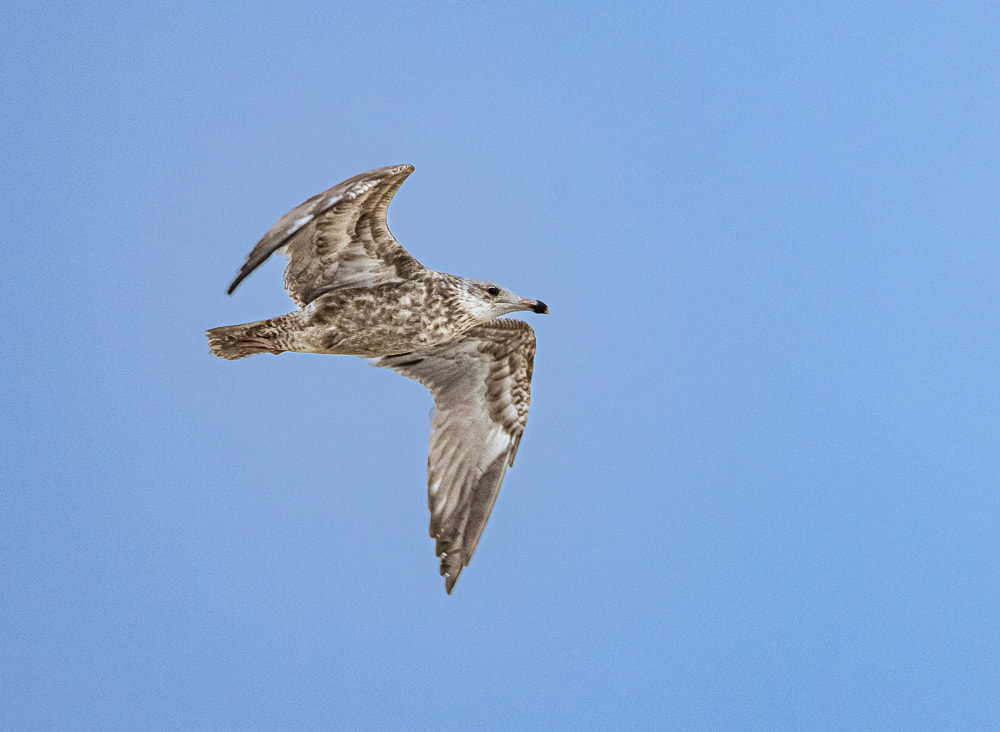
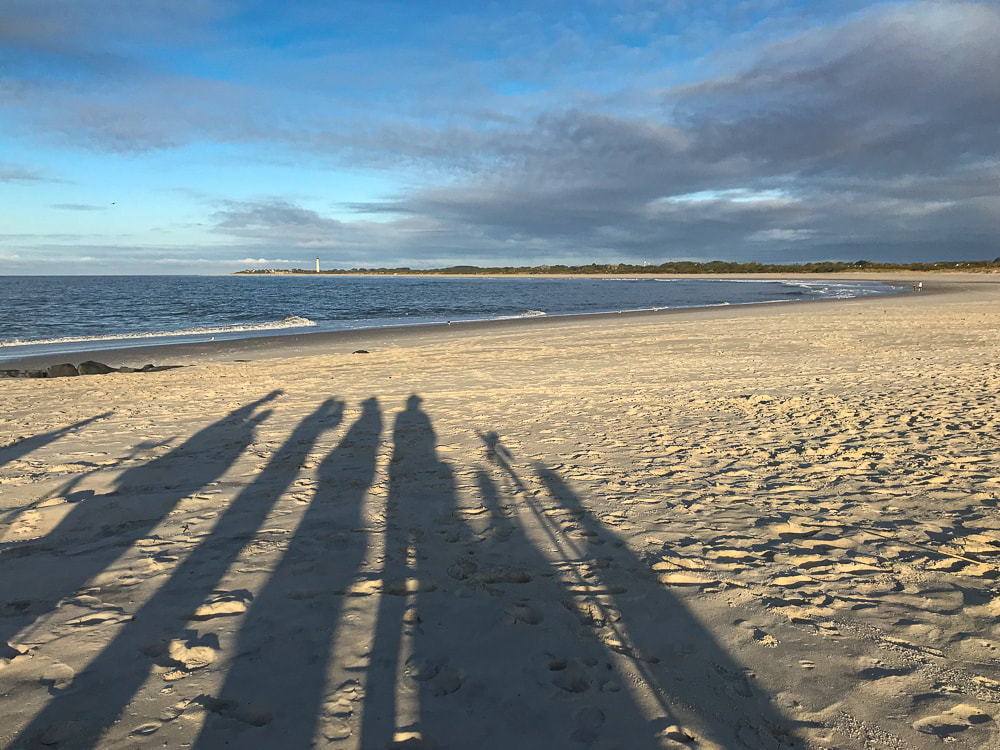
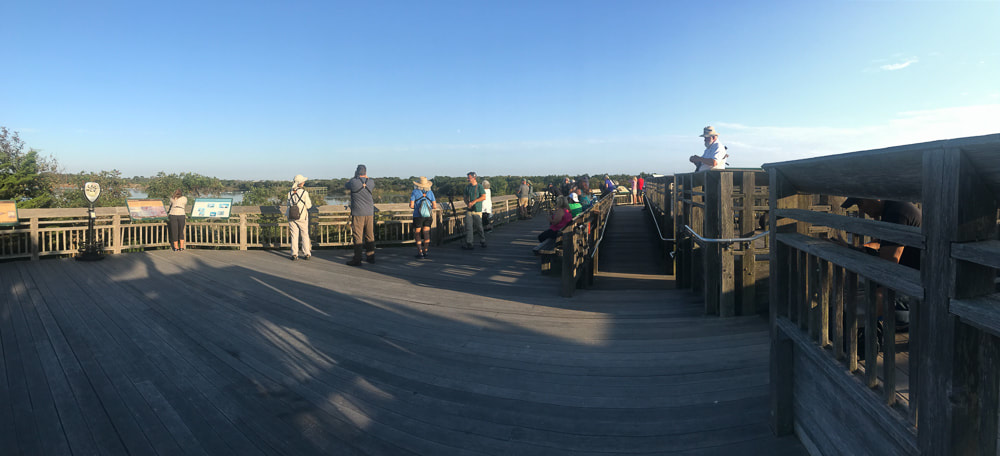
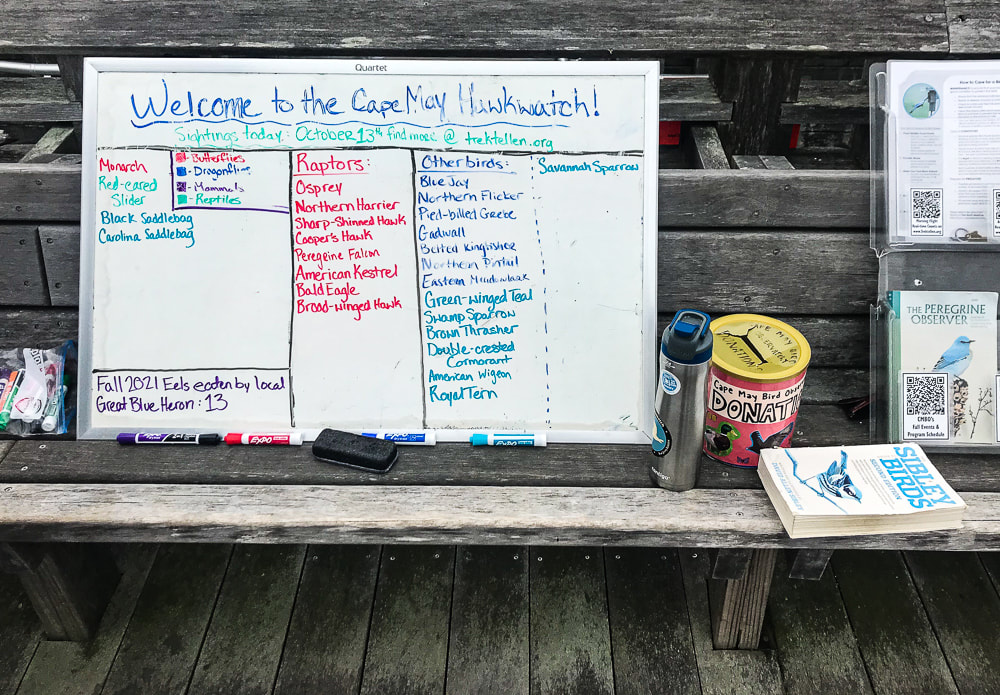
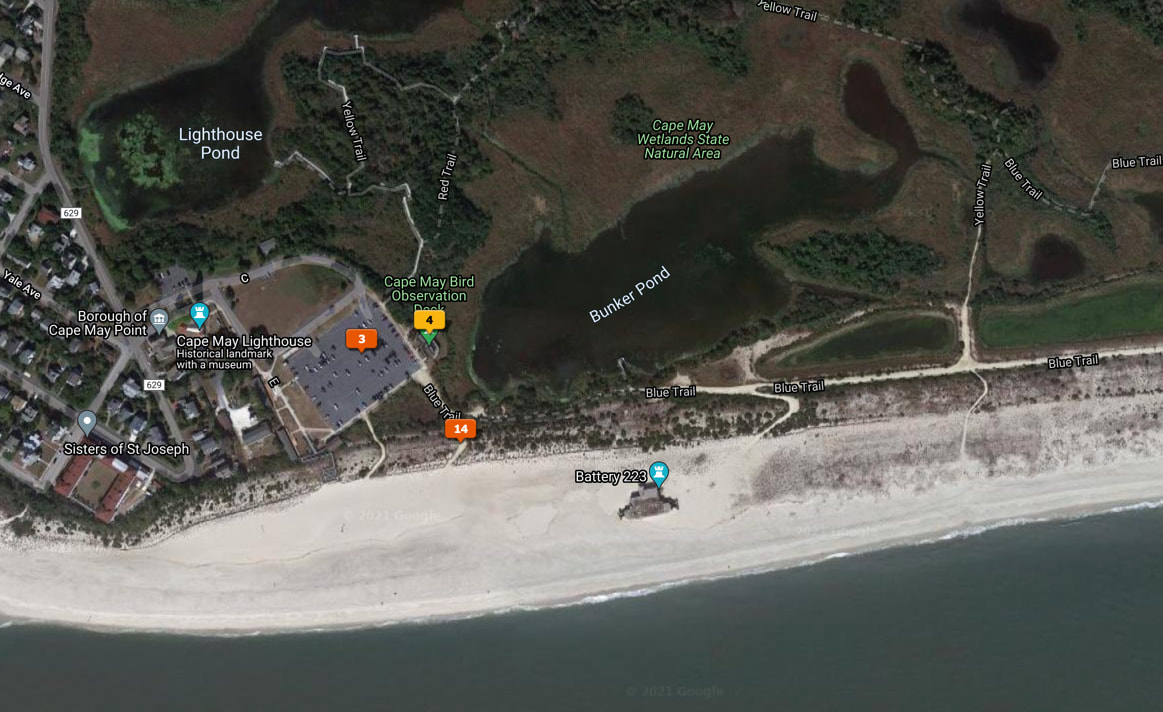
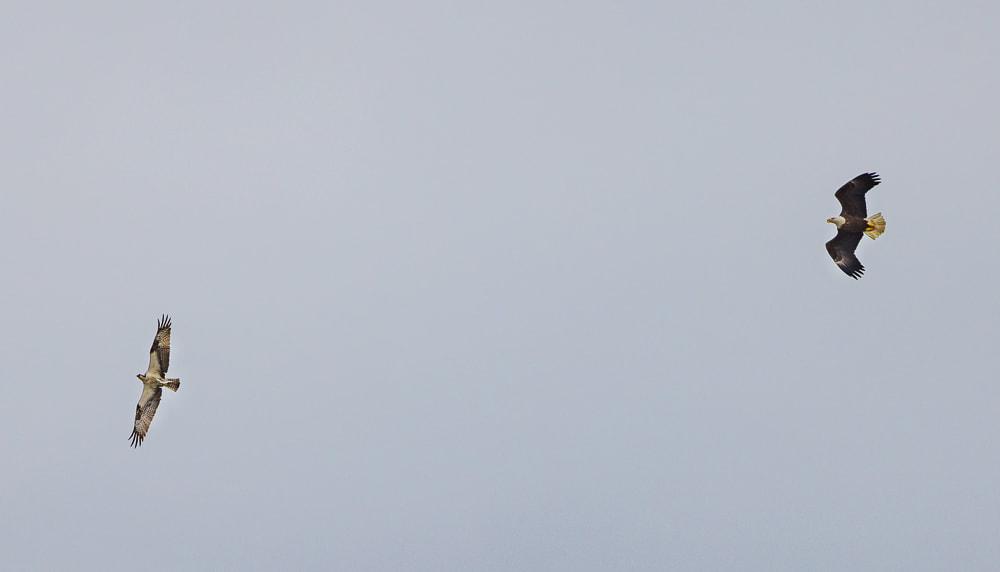
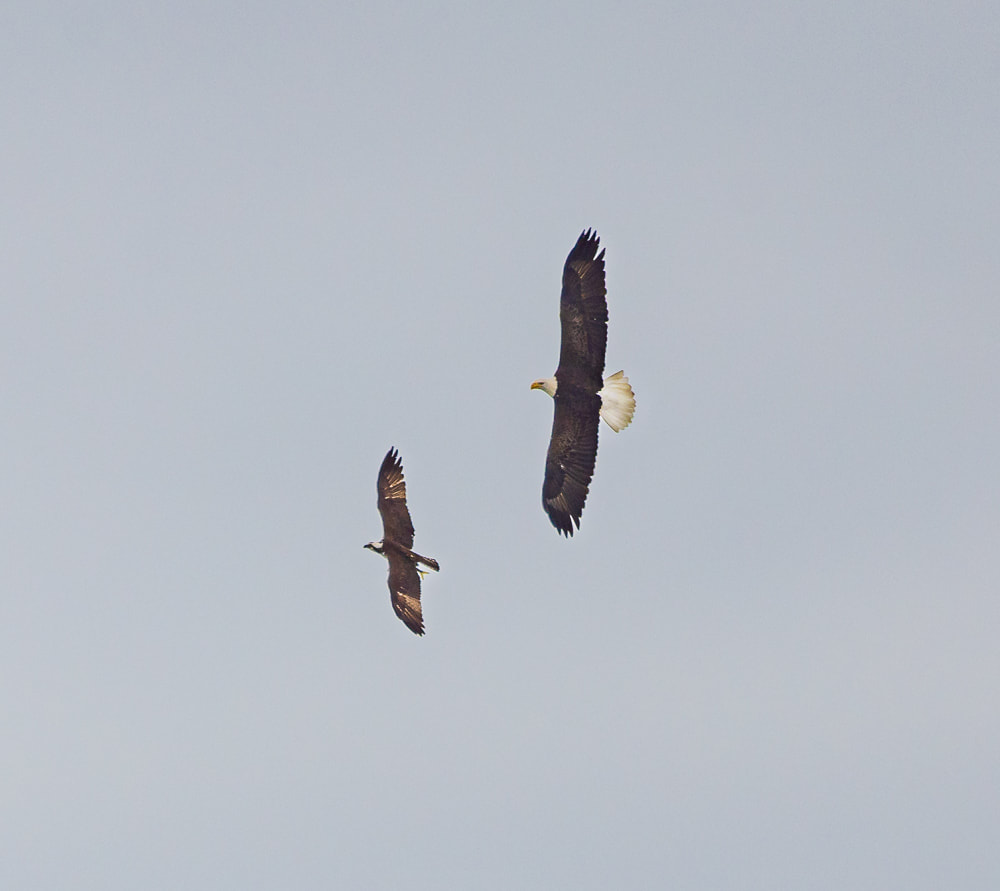
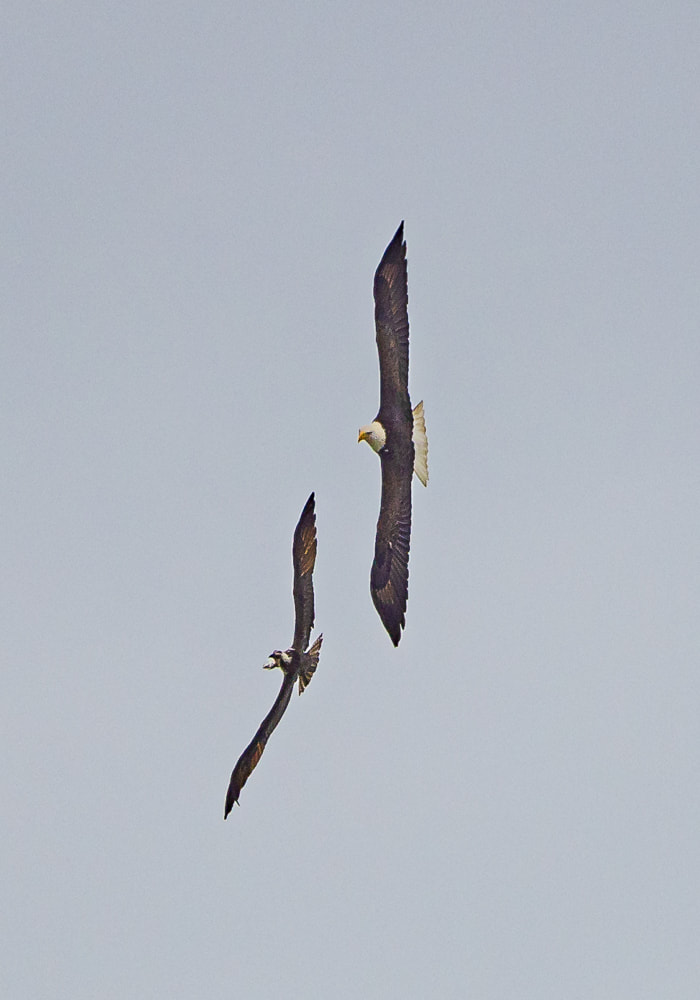
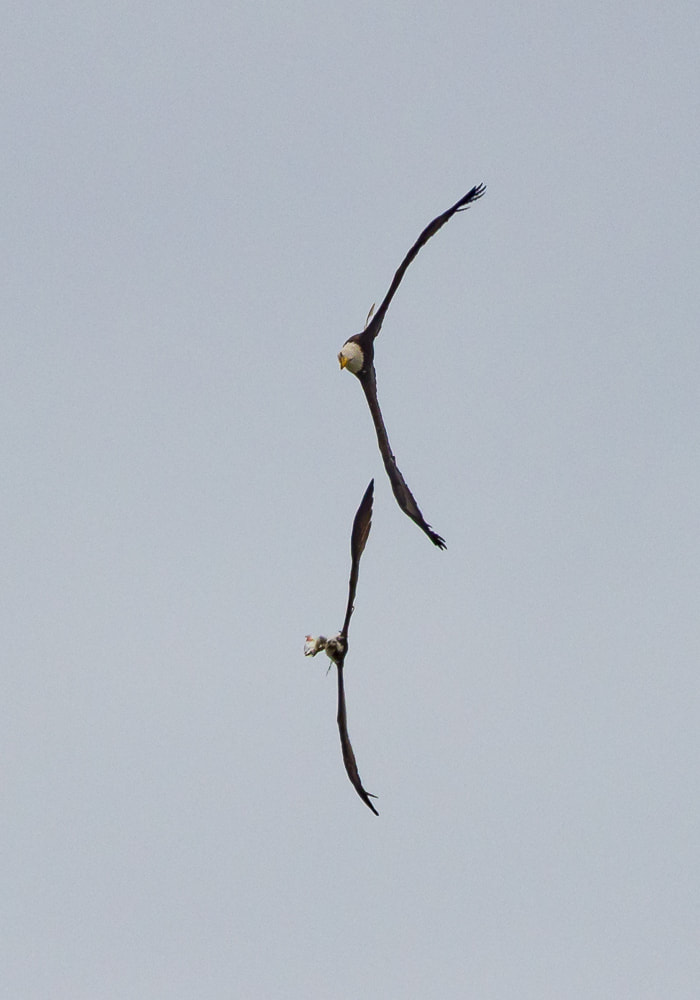
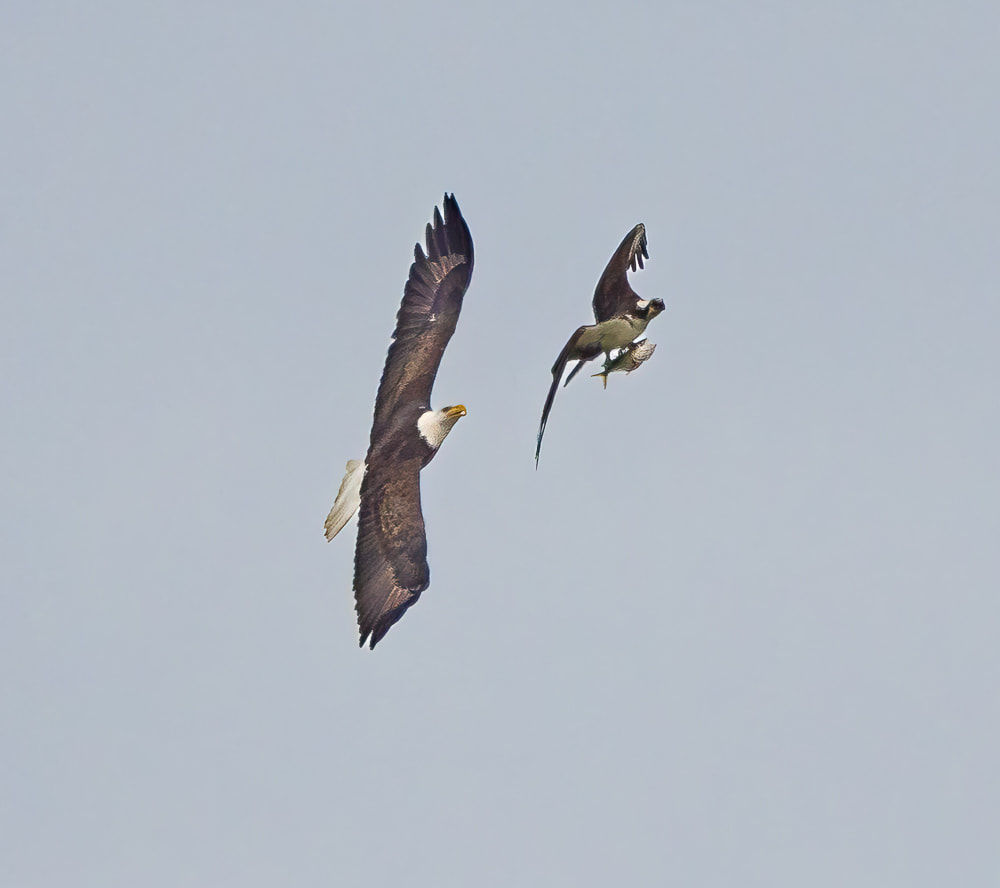
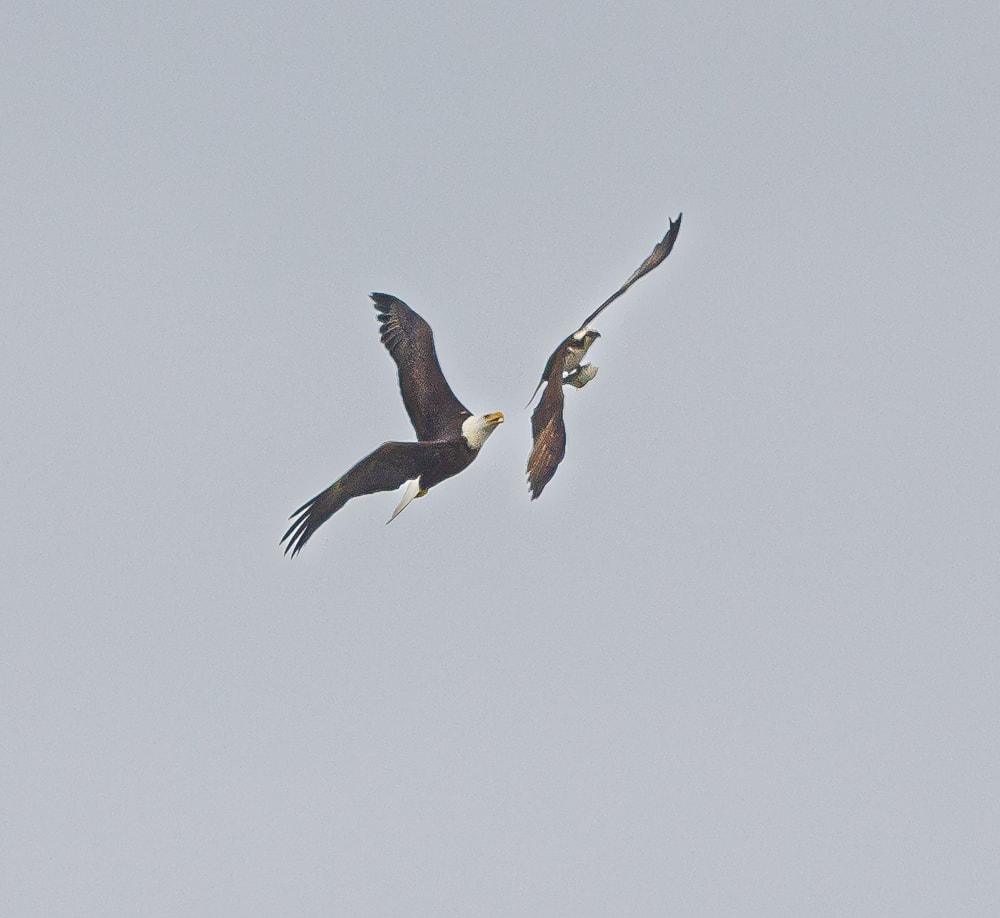
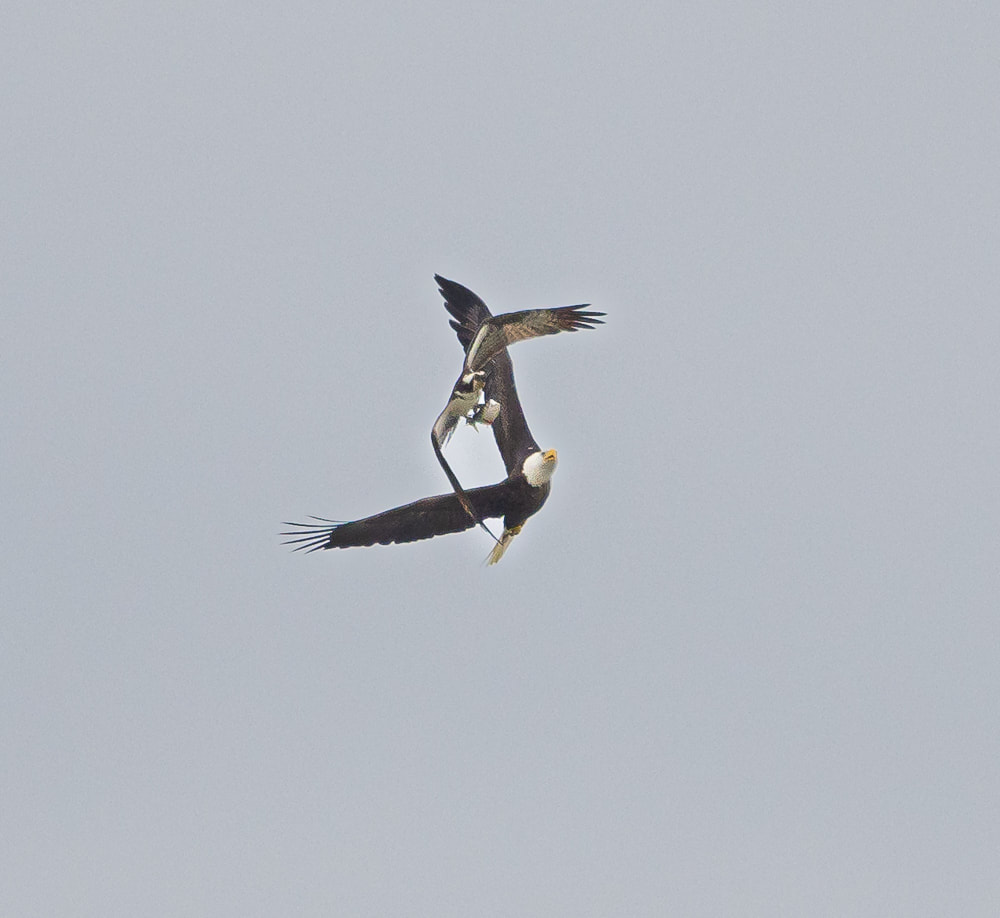
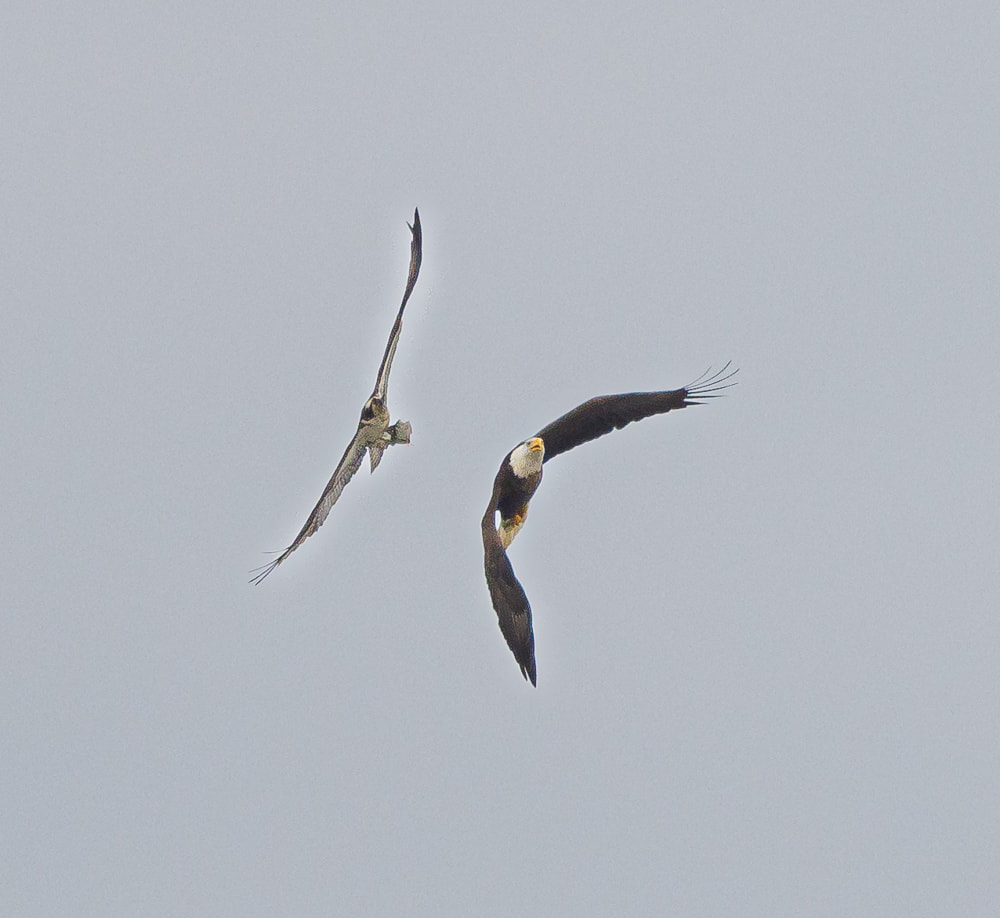
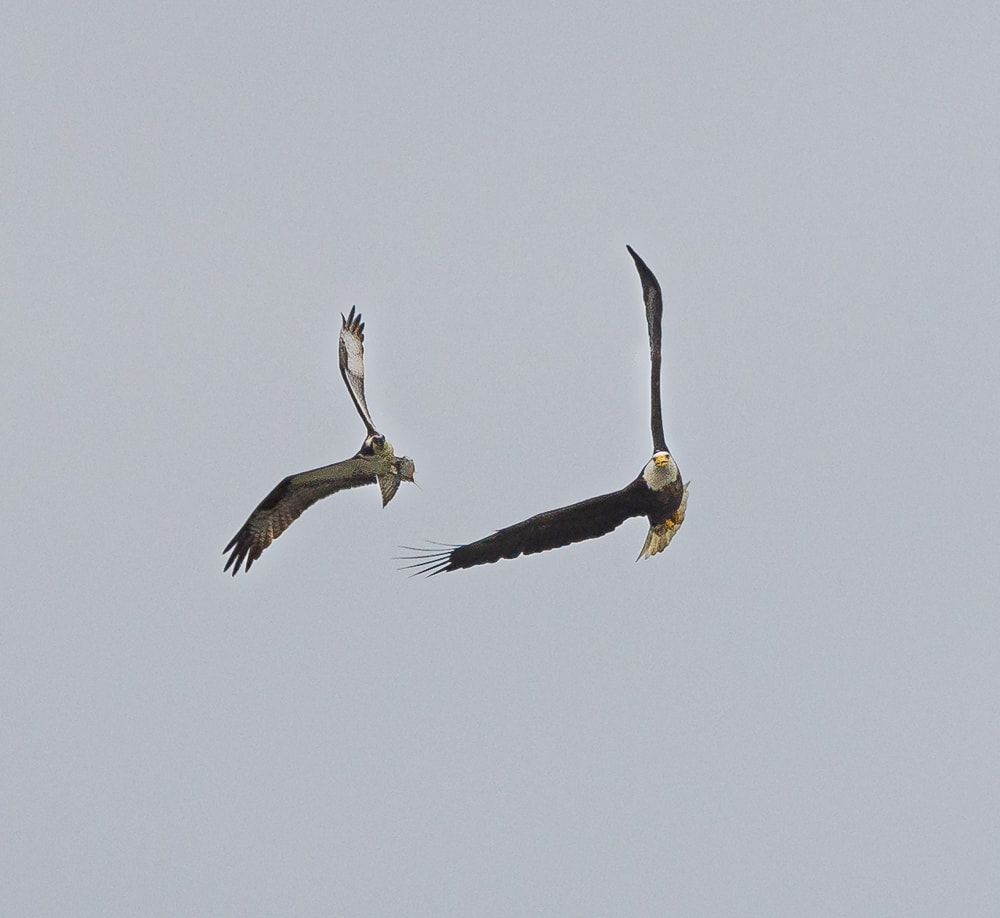
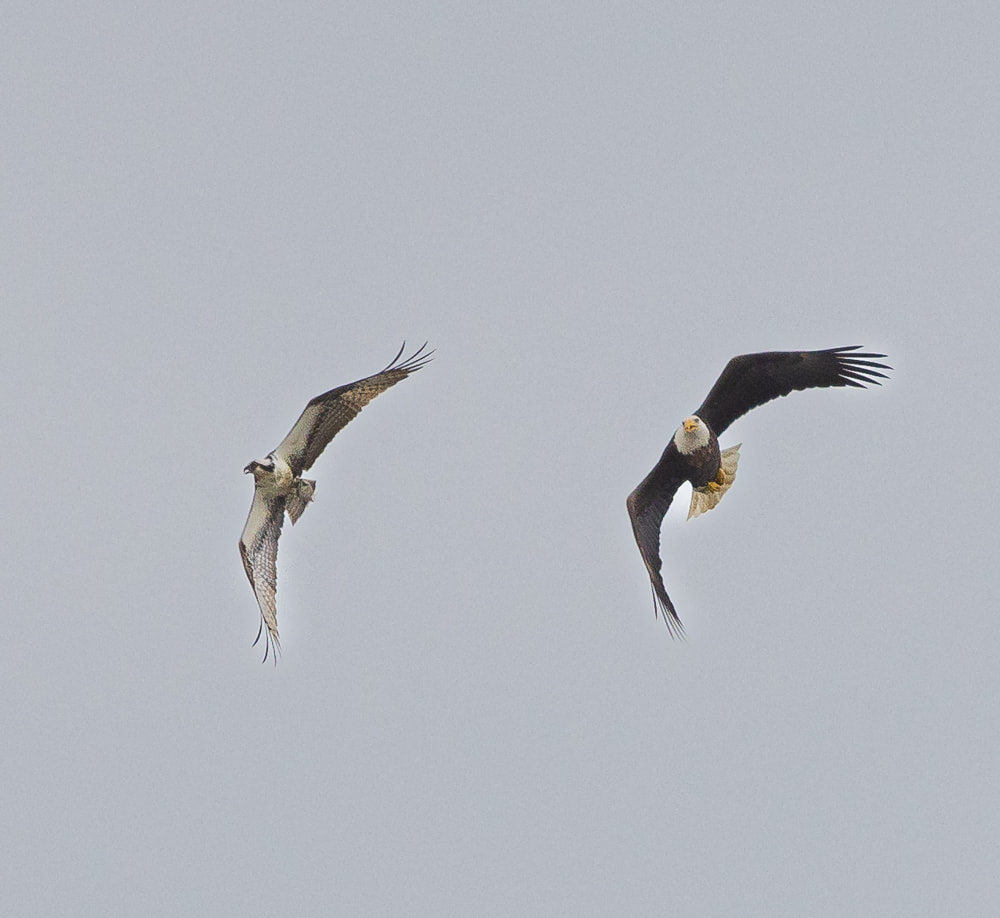

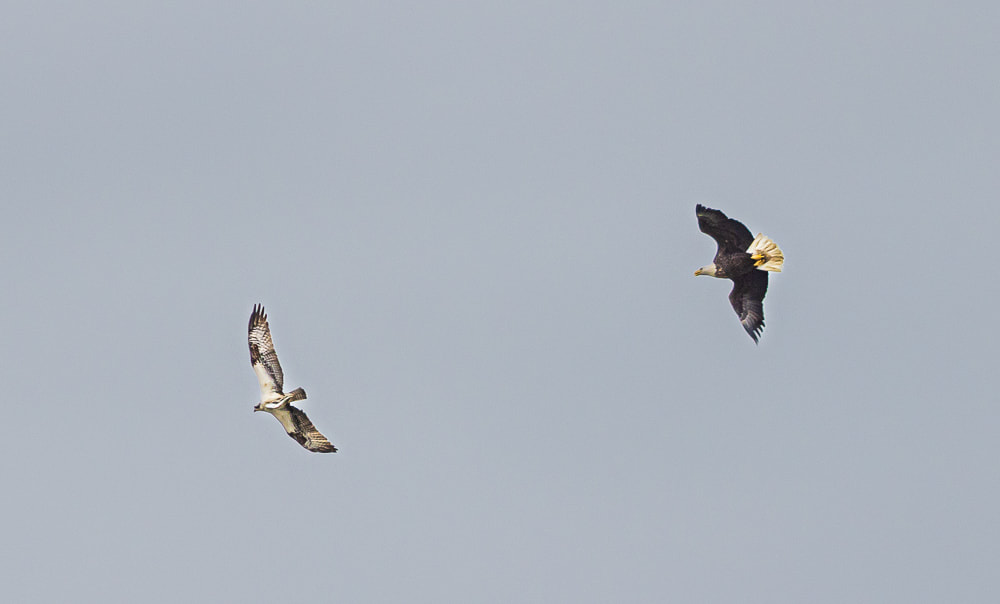
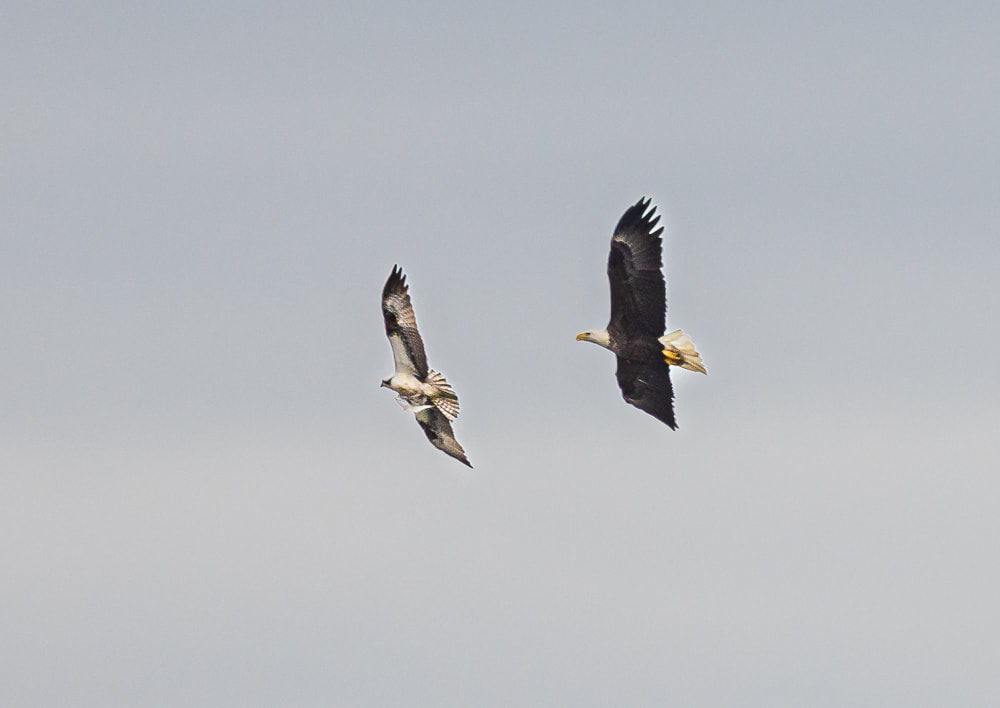
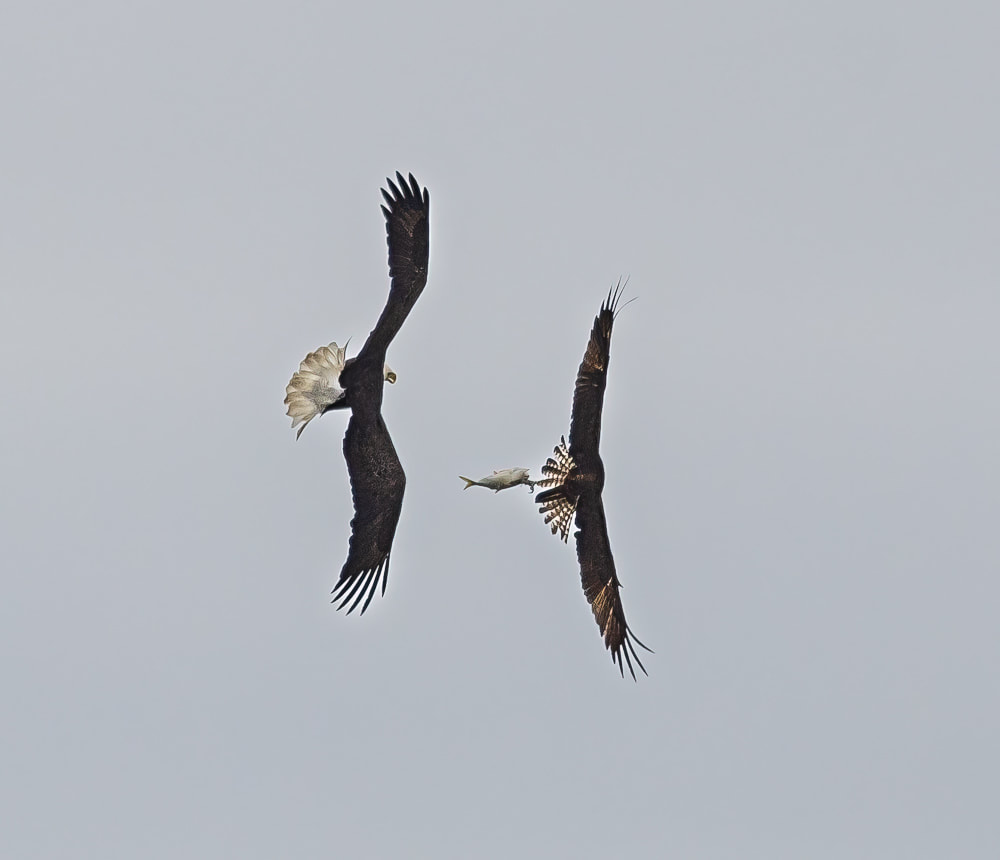
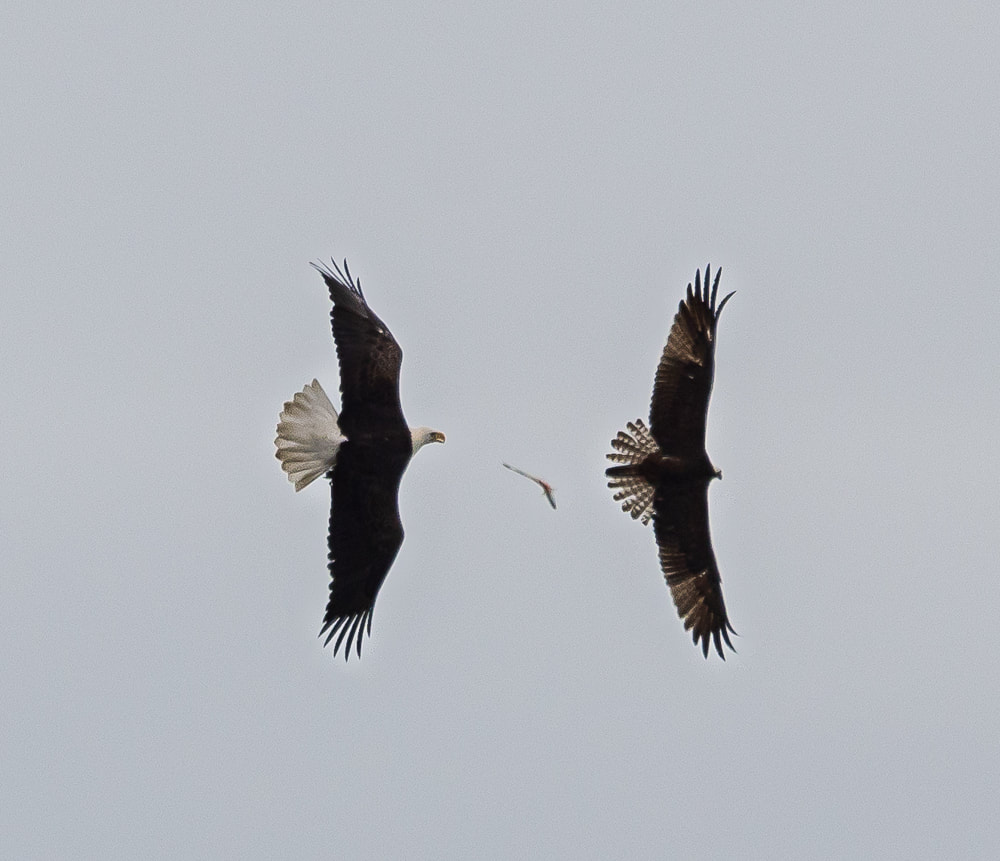
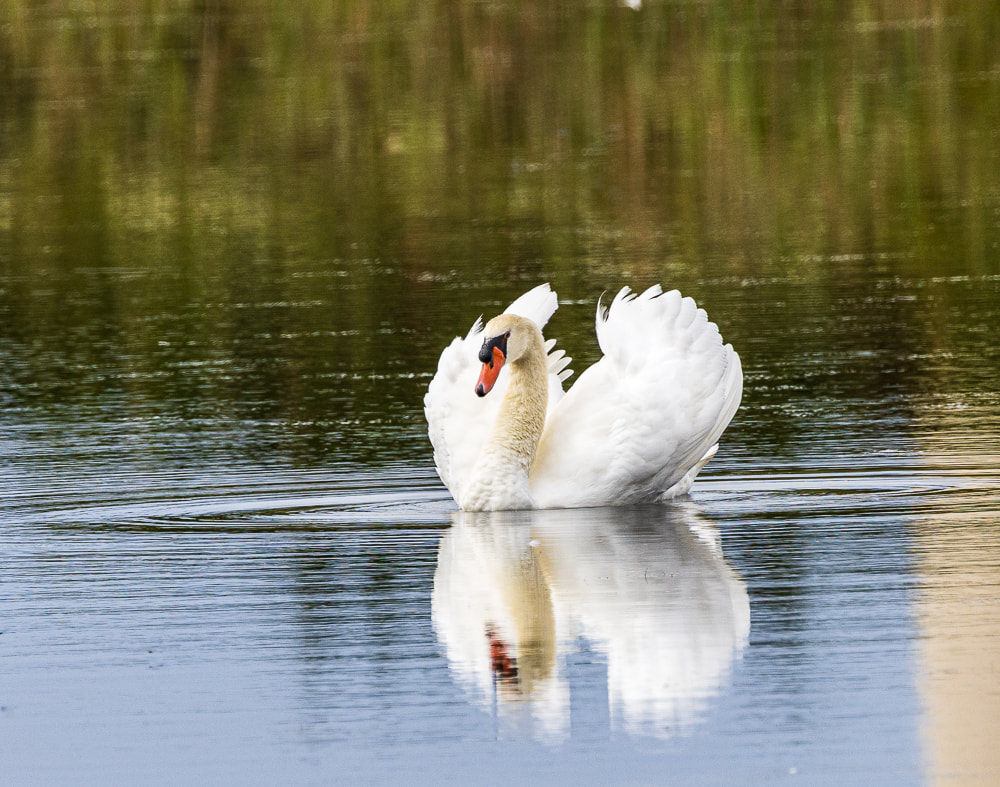
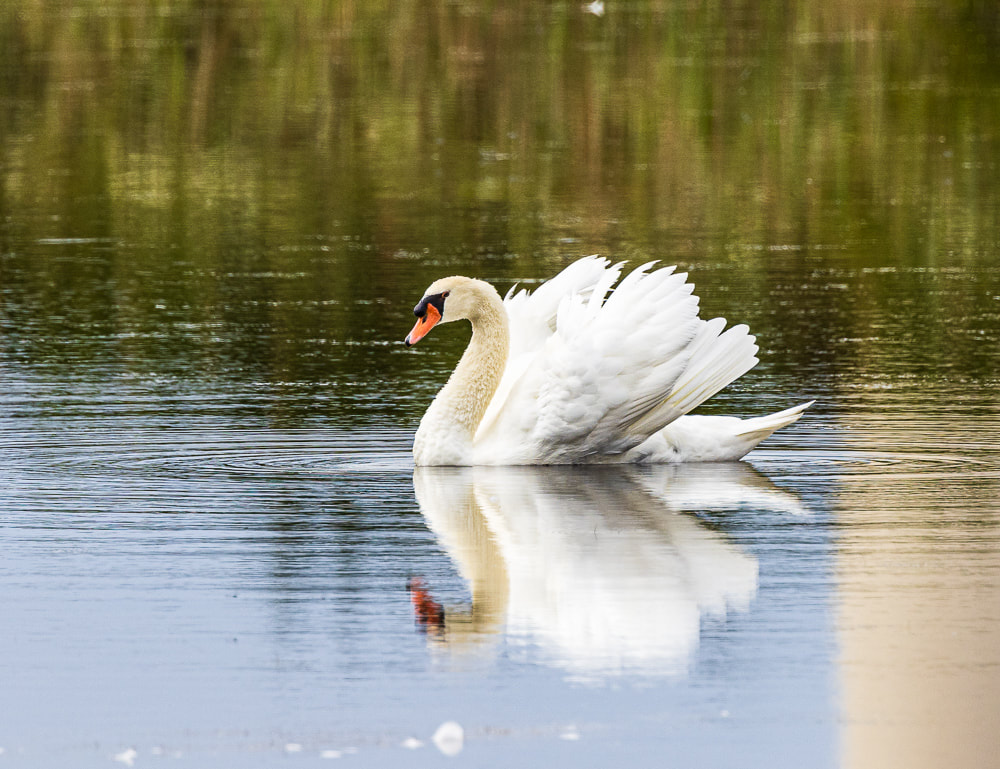
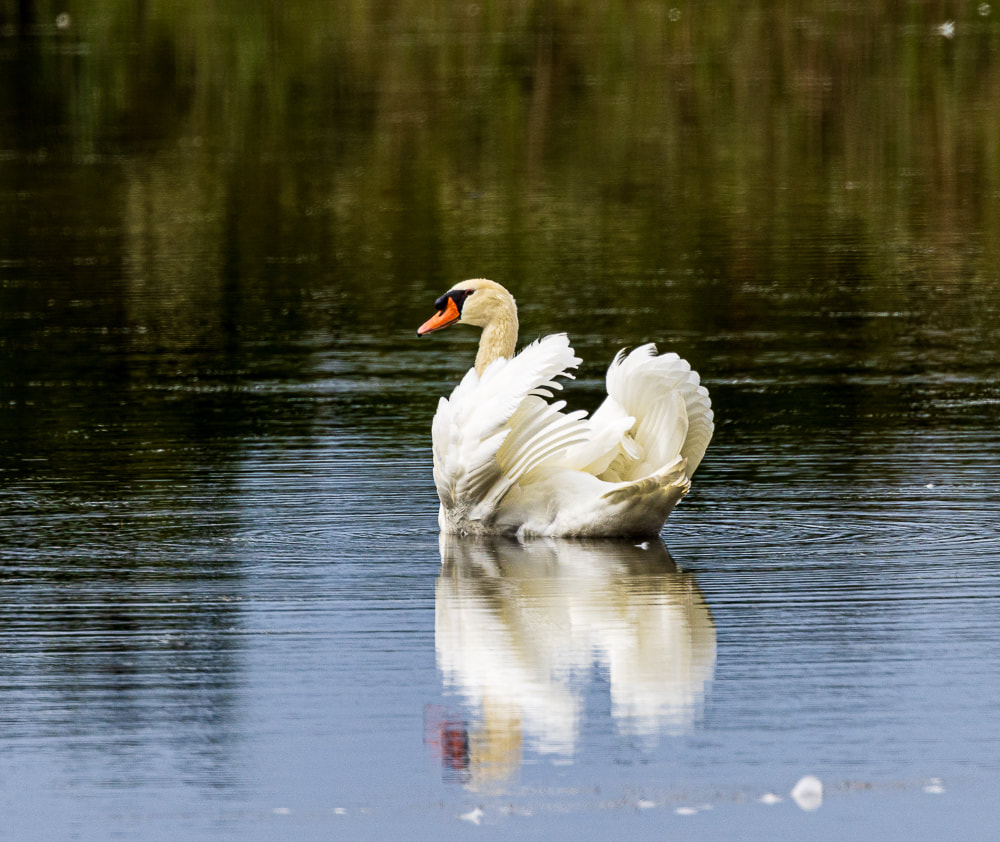
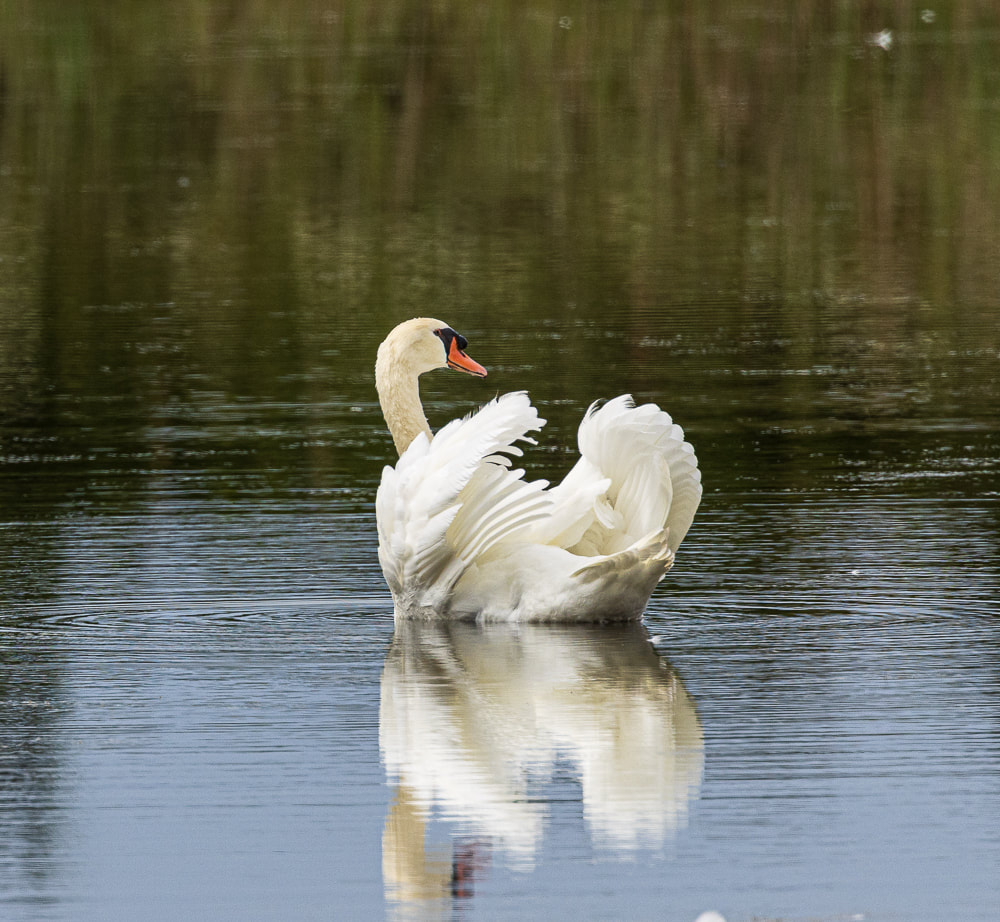
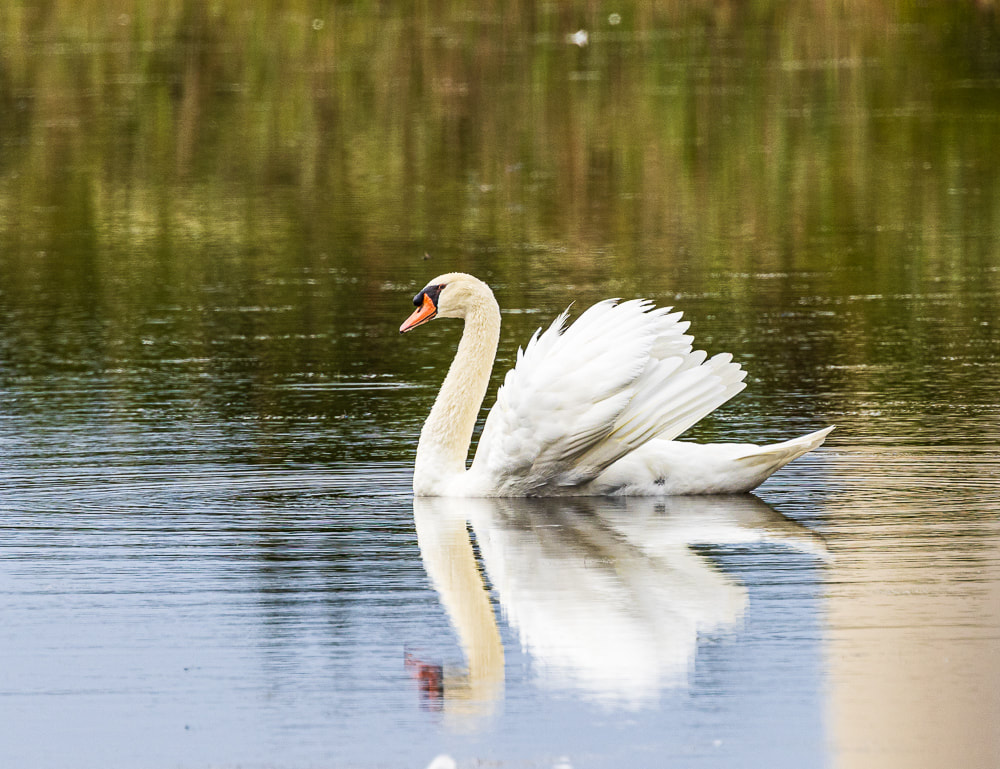
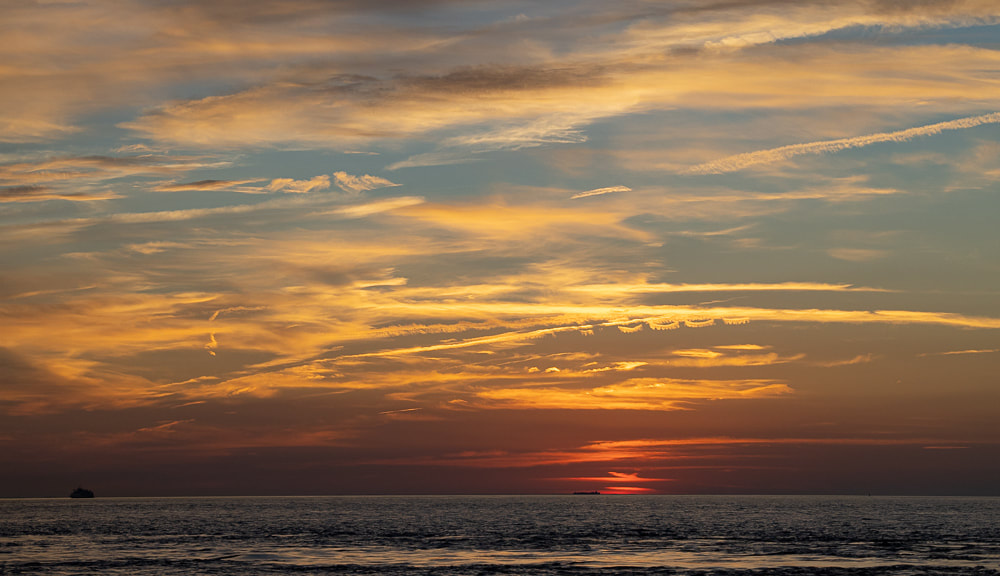
 RSS Feed
RSS Feed